
Art Capitals of the World: An Artist's Ultimate Guide & Personal Journey
An artist's personal journey through the world's top art capitals. Explore vibrant scenes, from classic museums to street art, and find inspiration for your own creative path.
Art Capitals of the World: My Personal Journey Through Global Creativity
You know, sometimes I think about cities not just as places with buildings and people, but as living, breathing canvases. Each one has its own unique palette, its own rhythm, its own story told through the art it nurtures. As an artist, I've always been drawn to these places, these "art capitals" of the world. They're not just about grand museums (though I adore them!), but about the very air that hums with creative energy. It's a bit like finding your favorite art inspirations – sometimes they hit you over the head, sometimes they whisper from a quiet corner. And in these cities, inspiration is everywhere. Though, let's be honest, sometimes it's also just the sheer delight of not having to cook for yourself for a week. But what truly makes a city an art capital? And how does an artist navigate these vibrant, sometimes overwhelming, creative ecosystems?
What Makes a City an Art Capital? My Criteria.
What truly defines an art capital? For me, it's not just about having a few famous galleries or iconic landmarks. It's a complex ecosystem, a living organism where history meets the cutting edge, where street art thrives alongside masterpieces, and where artists can truly live and breathe their craft. It's a place where the creative spirit isn't just tolerated, but celebrated and nurtured.
Here's what I look for, the ingredients that make a city truly sing to an artist's soul:
- World-Class Museums & Galleries: Obvious, right? But it's not just the quantity; it's the quality and diversity. From ancient artifacts to modern art and works that challenge our contemporary art meaning, these institutions are the beating heart of a city's artistic heritage.
- Vibrant Art Market: Can you buy art easily? Are there bustling art fairs and a healthy ecosystem for buying art from local artists and emerging artists? A thriving market means artists can sustain themselves, which is, let's be honest, half the battle.
- Thriving Artist Community: Are artists moving there? Are there affordable studios, dynamic residencies, and a palpable sense of shared purpose and collaboration? This is where the magic happens, where ideas spark and connections form.
- Public Art & Street Art: Art shouldn't just be behind velvet ropes. It should spill out onto the streets, surprise you on your daily commute, make you think, or simply make you smile. It's the city's open-air gallery.
- Historical Significance: Beyond just being old, these cities are steeped in specific art movements that shaped the world. Think of the Renaissance (a period of intense artistic and cultural rebirth, marked by a renewed interest in classical art and philosophy) in Florence, the birth of Impressionism (an art movement focused on capturing fleeting moments and sensory impressions) in Paris, or the explosion of Abstract Expressionism (large-scale, emotionally charged abstract works) in New York. Their past isn't just history; it's the very foundation upon which their present creative energy is built.
- Art Education & Resources: A true art capital isn't just where art is shown, but where it's made and learned. This means world-class art schools, vibrant artist collectives, accessible workshops, and specialized art libraries. It's the nurturing ground for the next generation of creative minds.
- Accessibility & Affordability for Artists: This is a crucial, often overlooked, factor. Can artists actually afford to live and work there? Access to affordable studio spaces, grants, and a reasonable cost of living directly impacts a city's ability to sustain a diverse and thriving artist community. A city might have grand museums, but if its artists are being priced out, its creative pulse will inevitably weaken.
My Top Picks: A Personal Tour
So, with those criteria swirling in my mind, where does an artist's heart truly find its home? Where do the brushstrokes of history meet the vibrant splashes of the present? Let's embark on a personal tour through some of the cities that have truly captured my artistic soul, each a unique canvas in its own right, each whispering its own secrets of inspiration.
Paris: The Eternal Muse
Ah, Paris. The city of light, love, and endless artistic discovery. Every time I wander its cobbled streets, I feel a profound connection to centuries of creativity. From the vibrant, light-drenched brushstrokes of Impressionism to the bold, emotional experiments of Post-Impressionism (artists reacting to Impressionism by emphasizing symbolic content, abstract qualities, or emotional expression), art here isn't just displayed; it's woven into the very fabric of the city. It's not just the famous paintings in the majestic Louvre or the Impressionists at the Musée d'Orsay; it's the spirit of creation that lingers in the air.

I remember one rainy afternoon, ducking into a tiny gallery in Le Marais, completely unplanned, just to escape the sudden Parisian downpour. I found a piece that just spoke to me, a small abstract work that felt like a secret whispered just for my soul. It was a simple composition, but the way the artist used light and shadow, the subtle interplay of cool blues and warm ochres, profoundly influenced how I later approached color in my own abstract pieces, pushing me to consider how light can sculpt form even without representation. That's the magic of Paris – it constantly surprises you, even when you're just trying to avoid getting soaked.
Beyond the grand institutions, Paris is home to legendary art schools like the École des Beaux-Arts, which has shaped generations of artists. And if you really want to feel the historical pulse, wander through Montmartre or Saint-Germain-des-Prés. These districts were once buzzing with artist studios and salons, places where movements were born over strong coffee and even stronger opinions. You can spend days exploring the grand best galleries in Paris and then stumble upon a hidden gem. And don't forget the Centre Pompidou, a true beacon for contemporary art in Paris, with its inside-out architecture that still makes me chuckle.
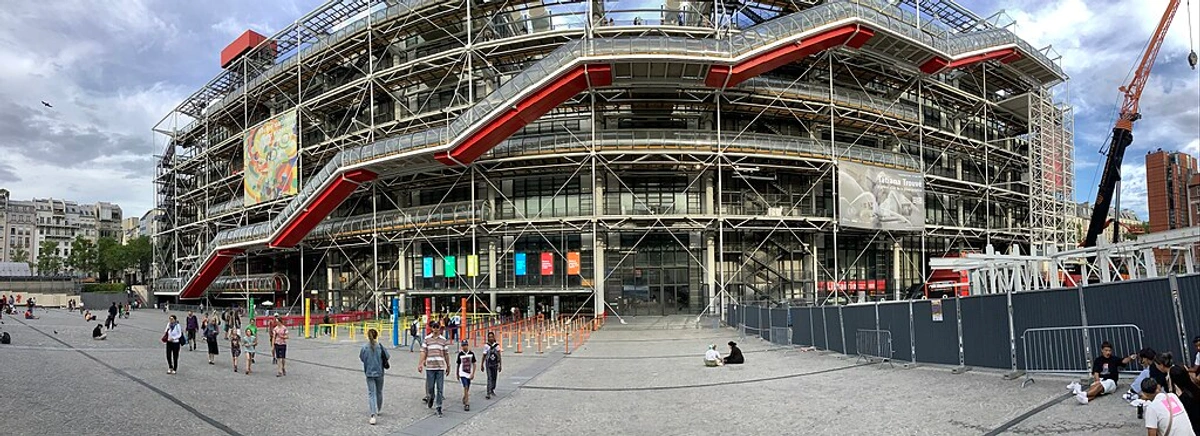
New York City: The Pulsating Heartbeat of Modern Art
If Paris is the elegant muse, New York is the raw, energetic powerhouse. It's where modern art truly exploded with movements like Abstract Expressionism (characterized by large-scale, gestural, and non-representational painting) and Pop Art (which challenged traditional fine art by incorporating imagery from popular culture), and where the art world constantly reinvents itself. The sheer scale of the art scene here can be overwhelming, but in the best possible way. It's like trying to drink from a firehose, but it's a delicious, exhilarating firehose of creativity.
The Metropolitan Museum of Art is a universe unto itself, and the Museum of Modern Art (MoMA) is a pilgrimage for anyone interested in the 20th century's artistic revolutions. And who could forget the iconic spiral of the Guggenheim Museum, a work of art in itself that makes you feel like you're walking inside a giant snail shell?
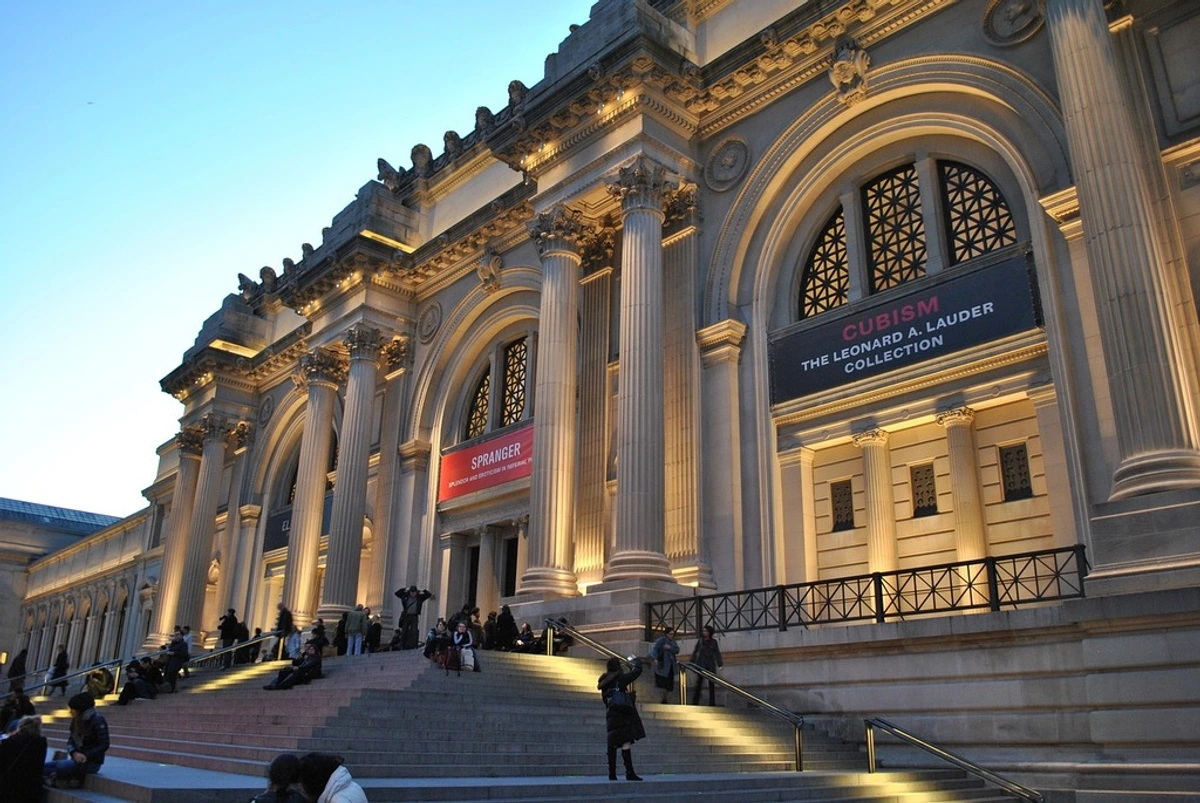
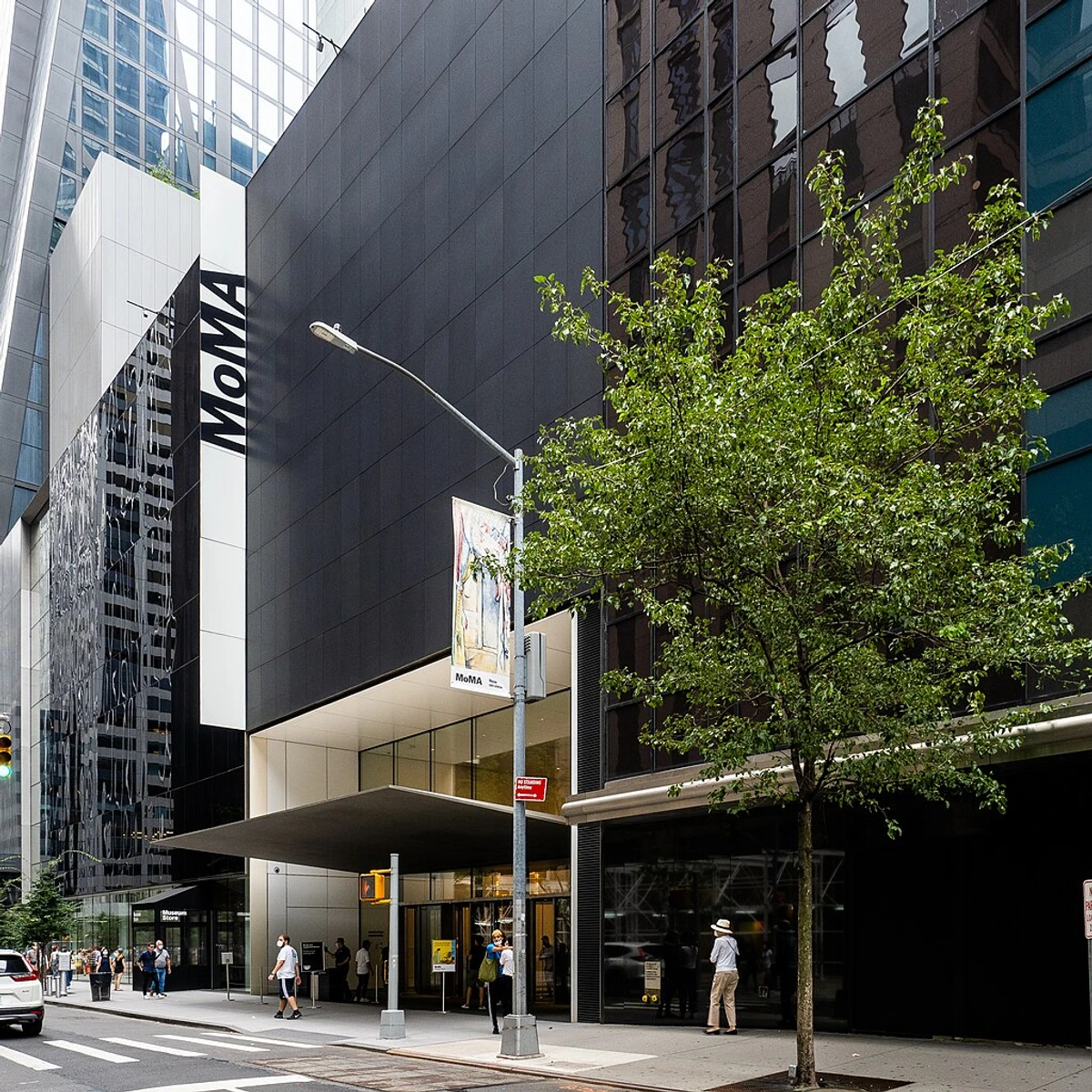
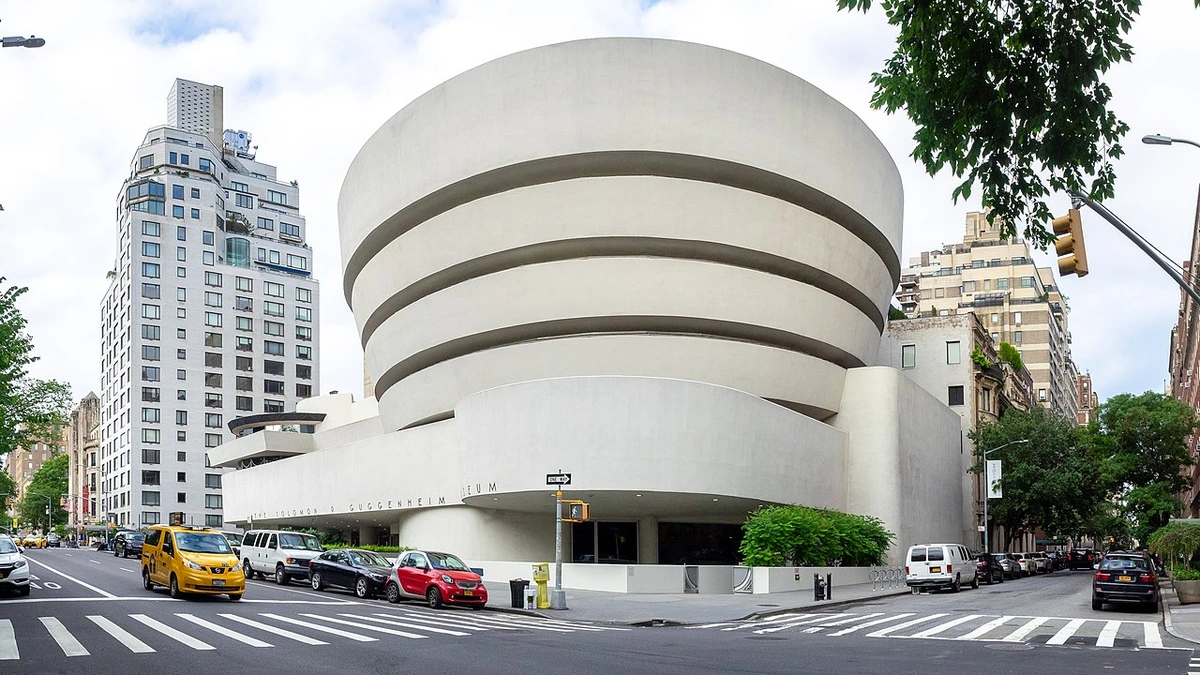
I remember standing in front of a Picasso there, feeling the weight of history and innovation all at once. But it was a particular Rothko at MoMA, with its vast, shimmering fields of color, that truly stopped me in my tracks. It wasn't just a painting; it was an experience, a quiet, profound meditation that made me rethink the very essence of emotional expression through color. It pushed me to explore how subtle shifts in hue and value could evoke deep emotion in my own abstract compositions, even without explicit forms.
And then there's the gallery scene. Beyond the established giants in Chelsea, don't miss the vibrant, often edgier, galleries popping up in the Lower East Side. For a completely different pulse, head to Bushwick in Brooklyn, where industrial buildings have become massive canvases for incredible street art. It's a constant churn of new talent and established names. If you're looking to buy art in NYC, you're spoiled for choice. Just try not to get elbowed by a collector trying to snap up the next big thing – it's a delightful chaos, and sometimes, you just have to embrace it.
London: A Global Tapestry
London is a true melting pot, and its art scene reflects that beautifully – a vibrant, sometimes chaotic, blend of cultures and creative expressions. From the ancient wonders at the British Museum to the raw, industrial power of the Tate Modern, it offers an incredible range. It's a city that seamlessly blends the grand traditions of the Pre-Raphaelites (a group of 19th-century English painters who sought to return to the detail and intense colors of early Renaissance art) with the provocative energy of the Young British Artists (YBAs) (a loose group of conceptual and installation artists who rose to prominence in the 1990s).
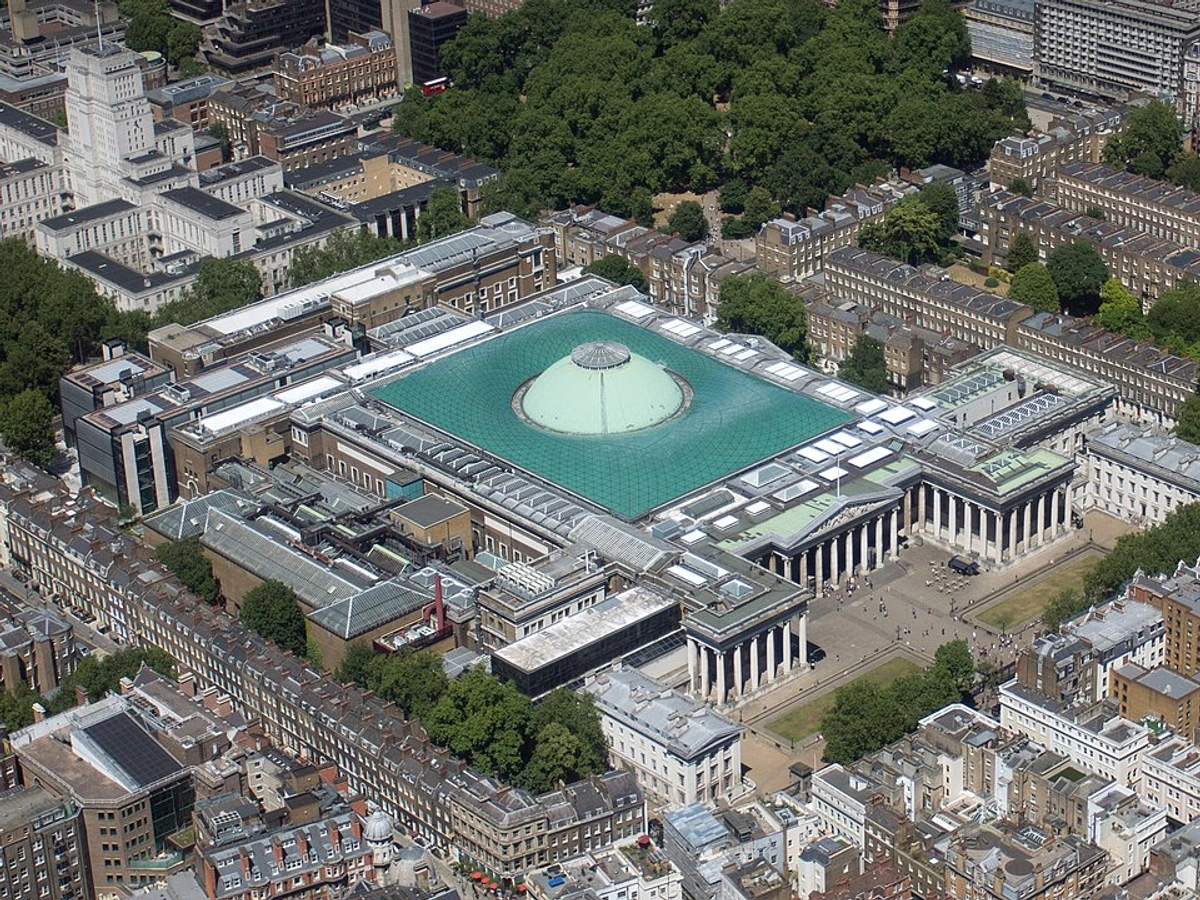
I particularly love how London embraces both the traditional and the avant-garde. You can spend a morning with the Old Masters at the National Gallery and then immerse yourself in cutting-edge installations at a smaller gallery in the afternoon. This city is also home to world-renowned art schools like Central Saint Martins and the Royal College of Art, which consistently inject fresh, bold talent into its contemporary scene. And if you're lucky enough to be there in October, the annual Frieze Art Fair transforms Regent's Park into a temporary, dazzling wonderland of global contemporary art – just try not to get lost in the sheer volume of amazing work (or the queues for coffee).
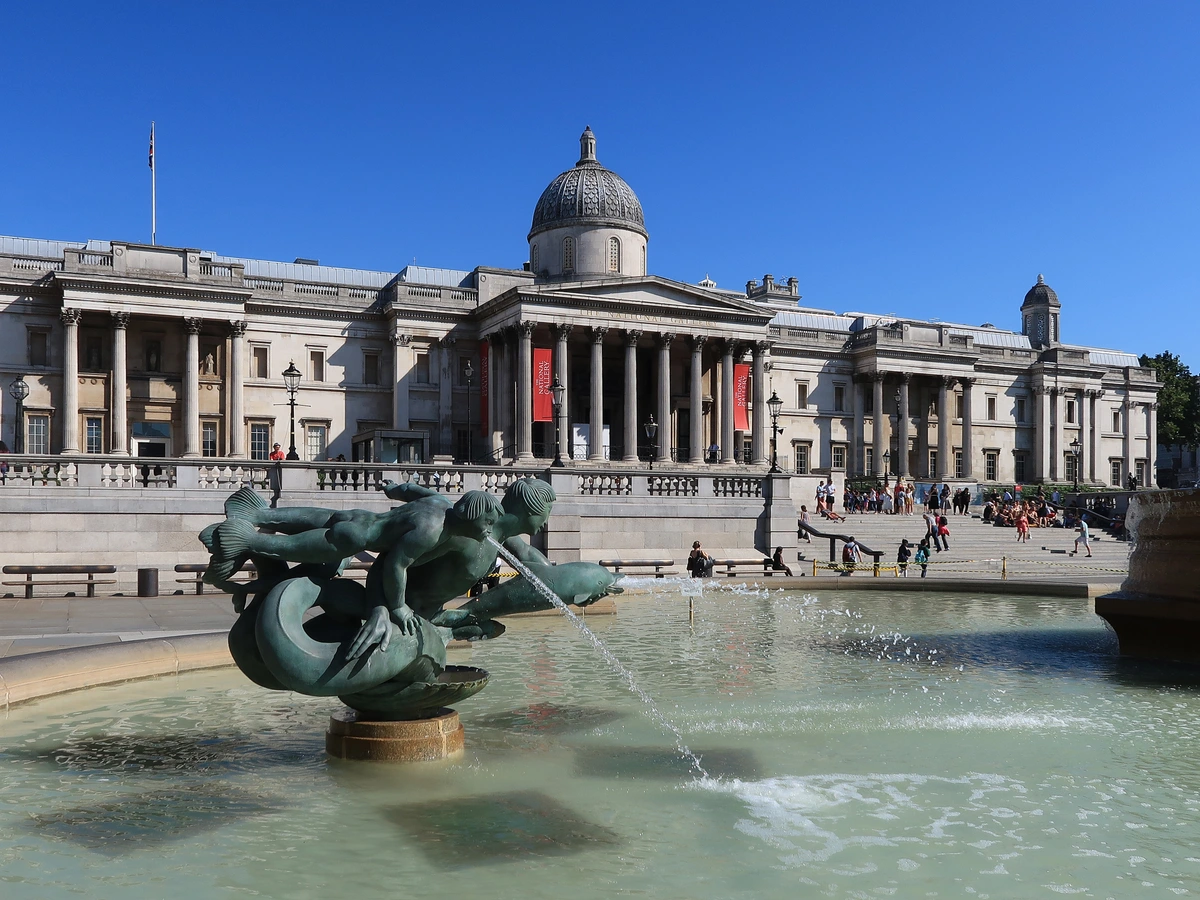
I vividly recall seeing a powerful Damien Hirst installation at the Tate Modern – the sheer audacity and scale of it made me question everything I thought I knew about art, pushing me to consider how far the boundaries of artistic expression could be stretched in my own conceptual pieces. It's a city that truly understands the history of art guide while constantly writing its next chapter. And yes, navigating the Tube to get to that obscure gallery opening can be an art form in itself, a delightful challenge that adds to the urban adventure.
Florence & Rome: Where Art History Breathes
Stepping into Florence or Rome is like walking into a living art history book, a grand, sun-drenched narrative of human creativity. The Renaissance masterpieces in the Uffizi Gallery or the sheer grandeur of the Vatican Museums are humbling, almost overwhelmingly beautiful. These cities are truly the cradle of Western art, where the Baroque period (a highly ornate and extravagant style of art and architecture, characterized by drama, movement, and rich, deep colors) also left its dramatic, theatrical mark.
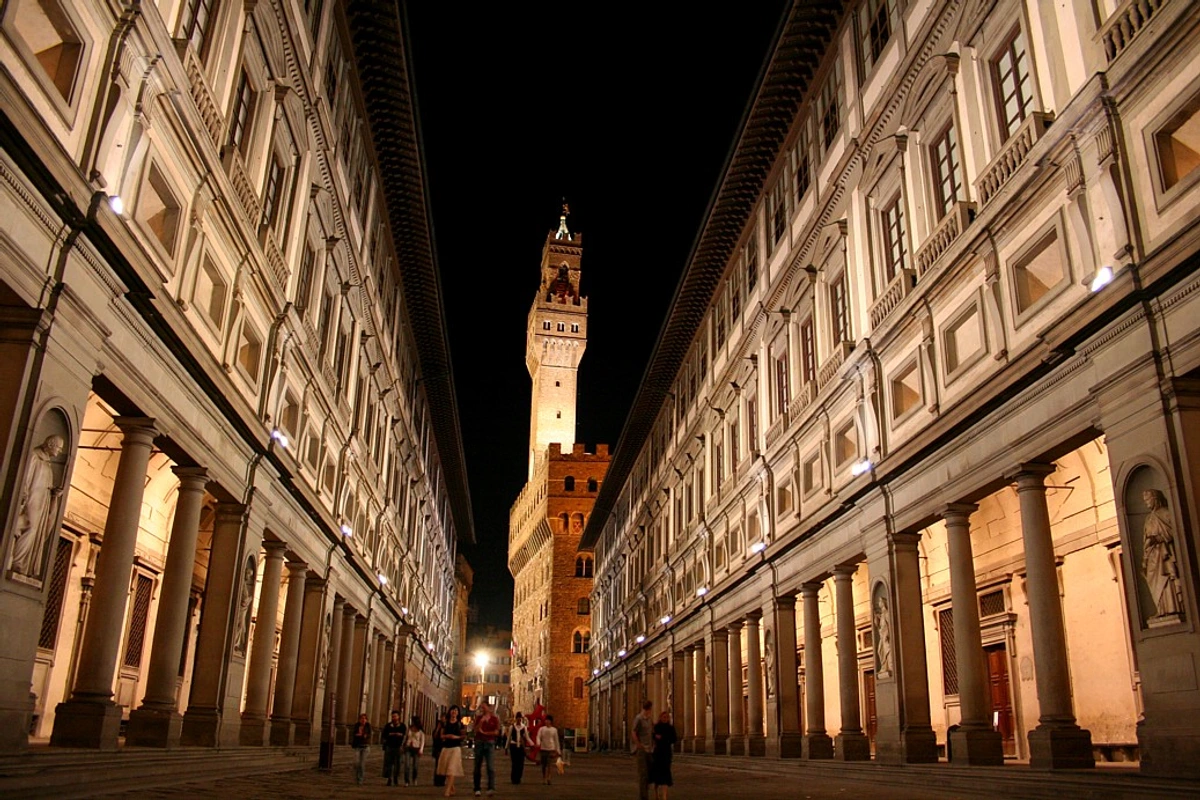
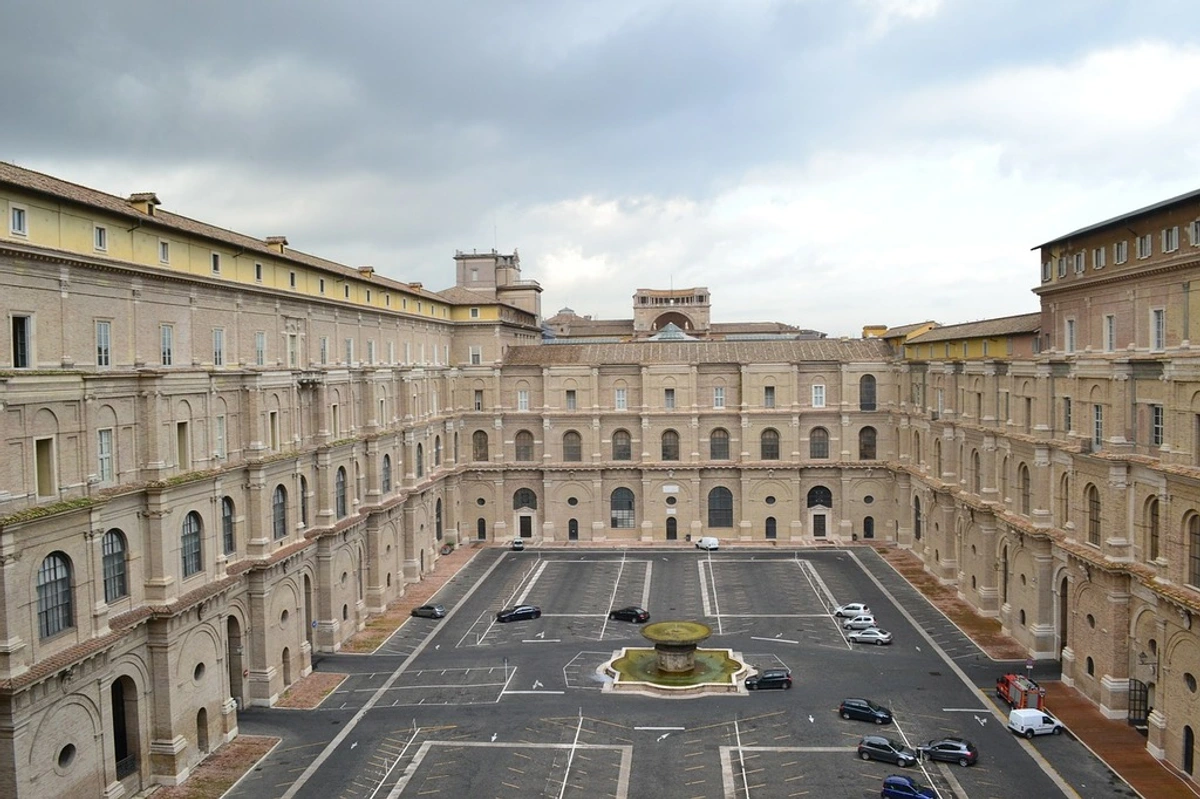
credit, licence
I remember being utterly captivated by the light in a small chapel in Rome, the way it illuminated a fresco that had been there for centuries. But it was a lesser-known Caravaggio in a quiet church, with its dramatic chiaroscuro (the use of strong contrasts between light and dark, usually bold contrasts affecting a whole composition) and raw emotion, that truly resonated. It felt like a punch to the gut, a reminder of art's power to convey profound human experience. It made me think about the enduring power of art, how it transcends time and connects us to those who came before, and how I could infuse similar emotional depth into my own abstract work through the interplay of light and shadow, even without direct representation. These cities are a powerful reminder of why art is important, even if finding a decent contemporary gallery amidst all the ancient grandeur can feel like a treasure hunt (it's there, you just have to look harder!).
While their fame rests on historical masterpieces, both Florence and Rome are making strides in contemporary art, though often facing the challenge of balancing their immense heritage with modern expressions. Initiatives like the MAXXI museum in Rome are pushing boundaries, proving that even ancient cities can embrace the new, even if it means a bit of an identity crisis.
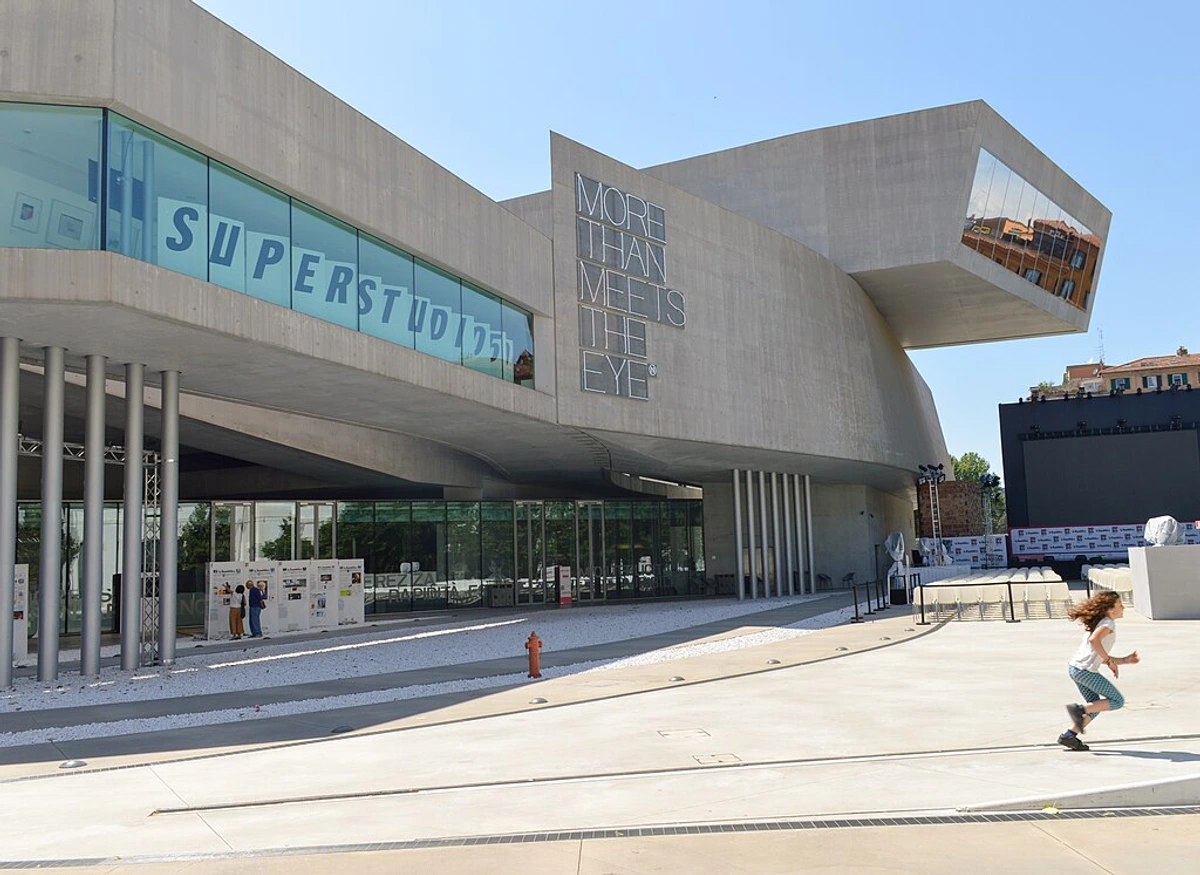
Berlin: The Edgy, Ever-Evolving Canvas
Berlin's art scene is raw, experimental, and constantly reinventing itself. It's a city that wears its history on its sleeve, and its art often reflects that complexity and resilience. From the emotional intensity of Expressionism (an early 20th-century movement emphasizing subjective emotion over objective reality) and the rebellious absurdity of Dada (an avant-garde art movement that emerged during World War I, rejecting logic and reason) of the early 20th century to the vibrant post-reunification art, Berlin is a place where art feels alive, urgent, and sometimes, a little bit defiant. From the Hamburger Bahnhof to the countless independent galleries and incredible street art, it's a city that never stands still, much like a restless artist.
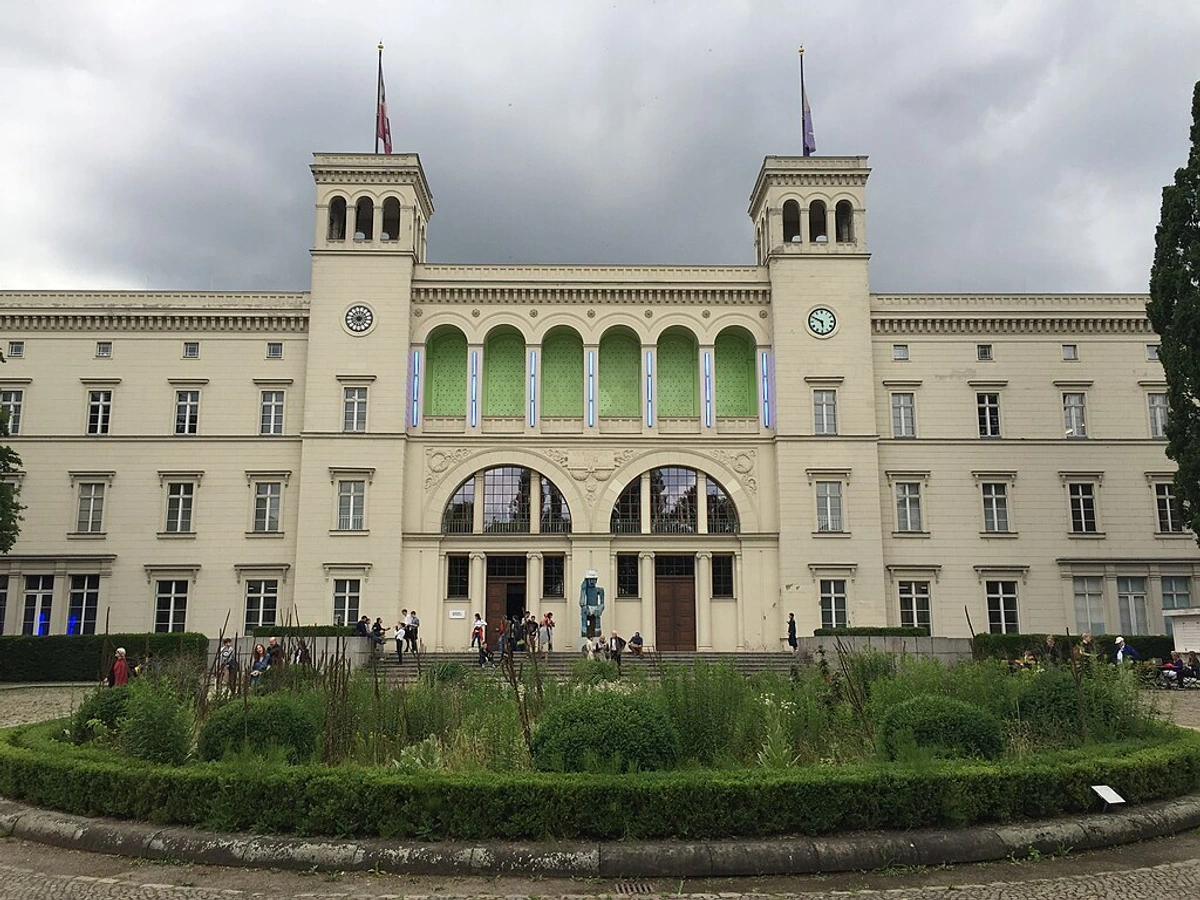
I once spent an entire day just walking through different neighborhoods, discovering murals and hidden installations. It felt like a treasure hunt, and every find was a little victory. For street art, the East Side Gallery (a long section of the Berlin Wall covered in murals) is a must-see, but also delve into Kreuzberg for its ever-changing urban canvases. Beyond the established galleries, Berlin also boasts a plethora of alternative art spaces and annual festivals like the Berlin Art Week, which champion emerging and experimental artists.
I particularly recall a striking mural by El Bocho – his signature characters, often with a touch of melancholy and humor, felt so quintessentially Berlin. His ability to convey complex emotions with simple, bold lines always inspires me to seek that same raw honesty in my own abstract compositions, stripping away the unnecessary to reveal the core feeling. If you're into the contemporary and the unconventional, Berlin is your city. Just be prepared for a few unexpected detours and maybe a slightly questionable kebab at 3 AM – it's all part of the authentic experience.
Amsterdam: Masters and Modernity
As someone with roots in the Netherlands, Amsterdam holds a truly special place in my heart. It's the home of the Dutch Masters, with the Rijksmuseum and the Van Gogh Museum being absolute must-visits. The Rijksmuseum, with its unparalleled collection from the Dutch Golden Age (a period of immense wealth and cultural flourishing in the Netherlands during the 17th century, producing masters like Rembrandt and Vermeer), is a journey through centuries of artistic brilliance.
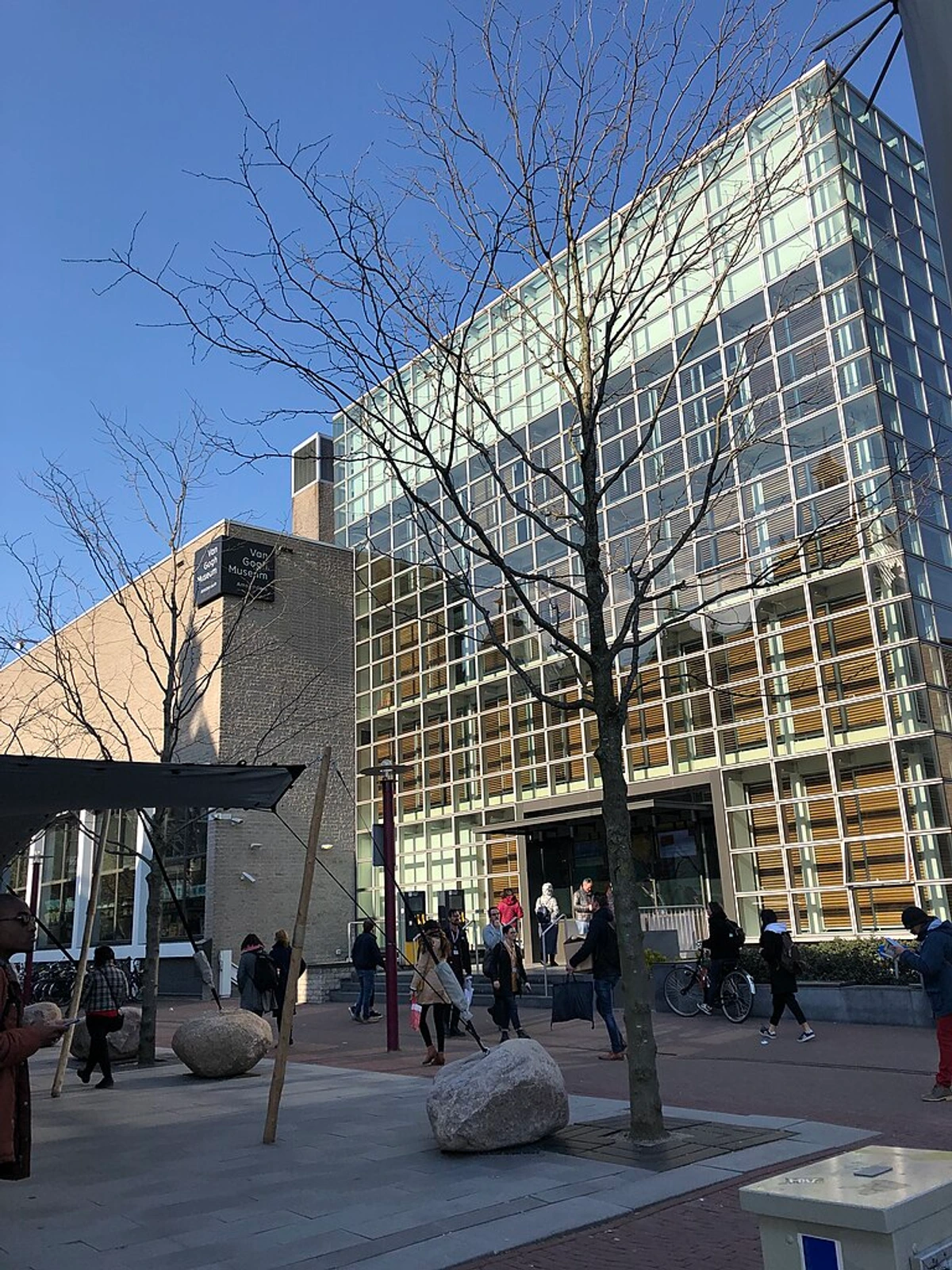

Standing before Rembrandt's 'The Night Watch' isn't just seeing a painting; it's experiencing a masterclass in light and shadow, a technique that has always fascinated me and subtly informs my own use of contrast in abstract compositions. The way he captures the human spirit, even in a group portrait, is something I constantly strive for in my own work, albeit with different subjects and forms. Beyond the classics, Amsterdam also has a thriving contemporary art in Holland scene, especially around the Museumplein with the Stedelijk Museum, which boasts an impressive collection from De Stijl (a Dutch artistic movement advocating pure abstraction and universality by a reduction to the essentials of form and color) to cutting-edge contemporary works.
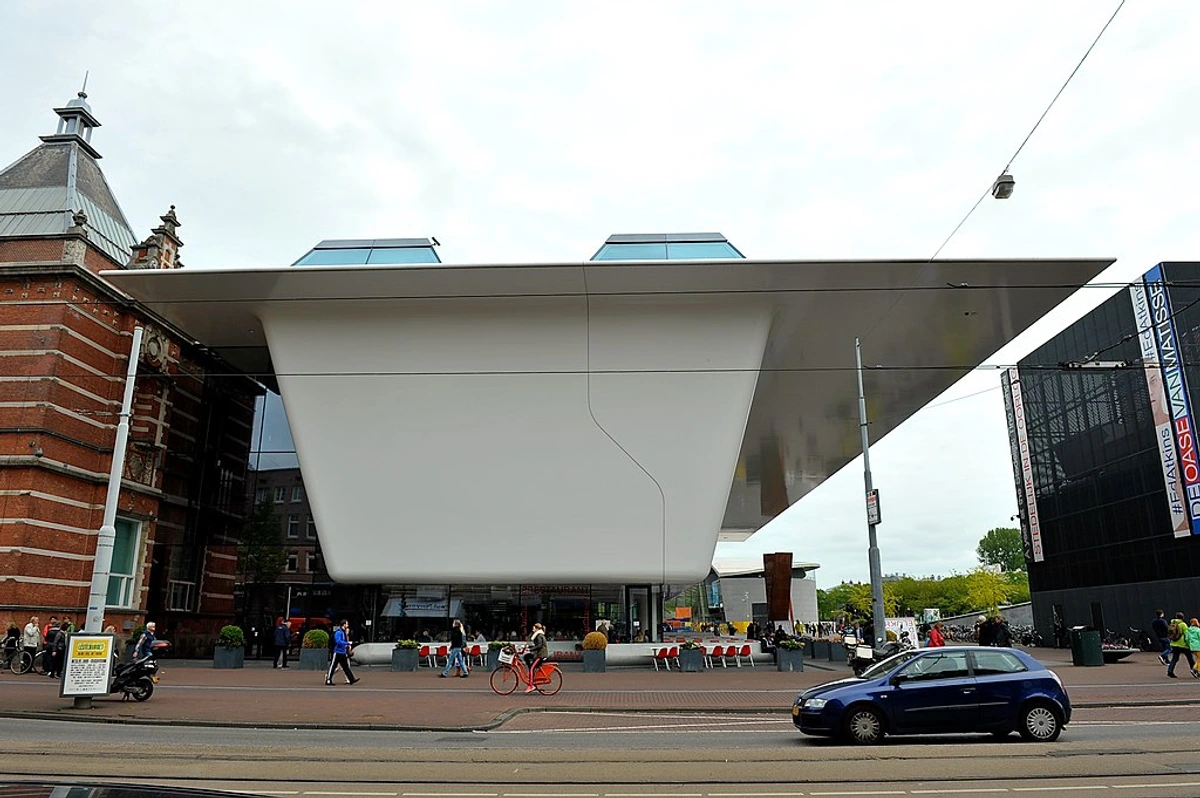
What's particularly interesting about Amsterdam is how its strong design culture – from architecture to graphic design – subtly intersects with its fine art scene. There's a constant dialogue between form and function, often leading to innovative contemporary art initiatives that push boundaries in unexpected ways. It's a city that beautifully balances its rich artistic heritage with a forward-looking approach, proving that you can honor the past while cycling enthusiastically towards the future. And, of course, my own museum in 's-Hertogenbosch is just a short trip away, a place where my personal timeline of art unfolds, a direct reflection of the inspiration I've gathered from these very cities. It's a bit like bringing all those global influences back home to my own canvas.
Tokyo & Beijing: The Future of Art
My personal journey has also taken me to Asia, and cities like Tokyo and Beijing are absolutely fascinating. They're not just emerging; they're already established powerhouses, blending ancient traditions with hyper-modern expressions in a way that feels both reverent and incredibly forward-thinking. In Beijing, the 798 Art Zone is a must-visit, a sprawling district of former factories transformed into galleries, studios, and cafes, buzzing with creative energy – it's like a giant, ever-changing art playground.
For Tokyo, the Mori Art Museum is a fantastic starting point, but it's the smaller, independent galleries in areas like Ginza and the sheer innovative spirit of contemporary art in Tokyo that truly stand out. Here, traditional art forms like Ukiyo-e (Japanese woodblock prints and paintings, often depicting landscapes, actors, and scenes from daily life) and calligraphy subtly influence contemporary expressions, lending a unique aesthetic and philosophical depth to modern works. Similarly, contemporary art in China is exploding, with Beijing at its forefront, showcasing a dynamic blend of traditional influences (like the expressive brushwork of ink wash painting) and cutting-edge global trends.
I recall being particularly struck by an installation by Yayoi Kusama in Tokyo – her immersive polka-dot environments are a playful yet profound exploration of infinity, a concept I often grapple with in my own abstract work, where I aim to create boundless spaces with color and form. These cities offer a glimpse into the future of global art, a vibrant, often playful, and deeply innovative scene that constantly challenges and inspires, sometimes even making me wonder if my next abstract piece should involve more dots.
Honorable Mentions: The World is Your Canvas
Of course, this personal tour barely scratches the surface. The world is brimming with incredible art hubs that deserve a mention. Cities like Los Angeles, with its burgeoning gallery scene and experimental art spaces; São Paulo, a vibrant South American powerhouse known for its street art and biennials; Madrid, home to the Prado and Reina Sofía, offering a rich blend of old masters and modern giants; and Basel, Switzerland, famous for its prestigious Art Basel fair, are all vital arteries in the global art world. Each offers a unique flavor, a different rhythm to its creative heartbeat, proving that inspiration truly knows no bounds.
City | Best For | Key Movements / Styles | Vibe | Signature Experience |
|---|---|---|---|---|
| Paris | Historical depth, Impressionism, elegance | Impressionism, Post-Impressionism, Salon culture | Romantic, timeless, inspiring | Ducking into a hidden gallery in Le Marais |
| New York City | Modern & contemporary art, cutting-edge trends | Abstract Expressionism, Pop Art, Street Art | Energetic, raw, overwhelming (in a good way) | Navigating the Chelsea gallery scene |
| London | Diversity, blend of old & new, art schools | Pre-Raphaelites, YBAs, Global Contemporary | Eclectic, dynamic, culturally rich | Getting lost in the Tate Modern's installations |
| Florence & Rome | Renaissance & Baroque masterpieces, art history | Renaissance, Baroque | Ancient, spiritual, humbling | Discovering a hidden Caravaggio in a quiet church |
| Berlin | Edgy, experimental, street art | Expressionism, Dada, Post-reunification art | Raw, rebellious, constantly evolving | Exploring murals in Kreuzberg |
| Amsterdam | Dutch Masters, design, contemporary initiatives | Dutch Golden Age, De Stijl, Design-led art | Balanced, innovative, charming | Reflecting on light and shadow in a Rembrandt |
| Tokyo & Beijing | Future of art, blend of tradition & modern | Ukiyo-e, Kalligrafie, Contemporary Asian art | Innovative, playful, deeply influential | Immersive installations by Kusama or exploring 798 Art Zone |
How to Experience Art Capitals Like an Artist (or just a curious human)
Ready to embark on your own art pilgrimage? How do you make the most of these incredible cities without feeling like you're just ticking off a checklist, or worse, succumbing to museum fatigue? My advice? Don't try to see everything. It's impossible, and frankly, exhausting. Instead, pick a few key spots, and then allow yourself to get wonderfully, gloriously lost. Embrace the unexpected, because that's often where the real magic happens, where you find the art that truly resonates with you.
- Wander: Some of my best discoveries have been accidental. Just walk, look up, duck into interesting-looking art galleries. You never know what hidden gem you'll find, or what quirky little cafe gallery is showcasing the next big thing. Sometimes, the best art is found when you're least expecting it, perhaps while searching for the best croissant.
- Talk to People: Gallery owners, local artists, even fellow visitors – they often have the best insights and can point you to hidden treasures. Don't be shy; most art lovers are thrilled to share their passions.
- Check Local Listings & Event Calendars: Before you go, or even when you arrive, consult local art magazines, websites, or tourist information. You might stumble upon a pop-up exhibition, a late-night museum opening, or an artist talk that perfectly aligns with your interests. It's like having a secret map to the city's creative pulse.
- Attend Gallery Openings or Artist Studio Tours: These are fantastic opportunities to see new work, meet artists, and get a feel for the local scene. Plus, free wine and cheese are often involved, which is always a bonus after a long day of art appreciation.
- Embrace the Unexpected: Don't just stick to the "must-sees." Look for university art galleries, artist collectives, or art in unexpected places. The most memorable experiences often lie off the beaten path.
- Reflect: Take time to sit with a piece, or in a quiet corner of a museum. Let it sink in. What does it make you feel? This is where the real magic happens, where the art truly becomes a part of your own story.

FAQ: Your Art Capital Questions Answered
Q: What's the single best art city in the world?
A: Oh, that's like asking a parent to pick a favorite child! It truly depends on what you're looking for. For historical depth, it might be Florence or Rome. For contemporary edge, Berlin or New York. For sheer diversity, London or Paris. I've written more about the best art cities if you want to dive deeper.
Q: Are art capitals only about museums?
A: Absolutely not! While museums are central, true art capitals thrive on a vibrant mix of commercial galleries, artist studios, public art installations, street art, and a general cultural appreciation for creativity. It's the whole ecosystem.
Q: How can I find affordable art in these cities?
A: Great question! Look for local art galleries, artist collectives, and smaller art fairs. Many artists also sell directly from their studios or online. Don't be afraid to ask about buying art for less or even negotiating art prices.
Q: Do I need to be an art expert to enjoy these cities?
A: Not at all! Art is for everyone. Go with an open mind, let yourself be curious, and don't worry about "understanding" everything. Just experience it. Sometimes, the most profound experiences come from simply being present.
My Own Canvas: Bringing the World Home
Visiting these art capitals has profoundly shaped my own artistic journey, much like a master sculptor chipping away at a block of marble, revealing the form within. Each city, each museum, each unexpected piece of street art adds another layer to my understanding of what is art and how it connects us all. It reinforces my belief in the boundless power of color, form, and expression, and how they can transcend cultural divides.
When I'm in my studio, mixing paints (perhaps with a slightly messy artist mixing paint on palette), I often think about the vast, vibrant tapestry of global art. It's a reminder that while I create my own abstract pieces, I'm part of something much larger, a continuous conversation that spans centuries and continents. It's a humbling thought, especially when I'm trying to figure out if I've used too much cadmium red.
And perhaps, a piece of my art for sale might find its way into your home, becoming a small part of your own personal art journey, a little echo of the global inspiration I've collected. So, next time you're planning a trip, consider making it an art pilgrimage. You might just find a piece of yourself in a city far from home, and maybe, just maybe, you'll come back with a newfound appreciation for the art of getting lost.




